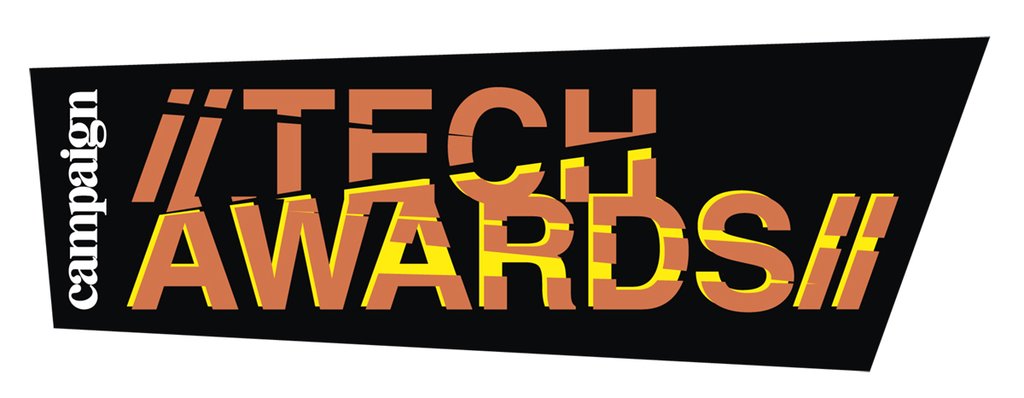DR.VR has been used extensively in Hospice and Palliative care. It’s mix of reducing Anxiety and Pain means it can help at many different points of care. VR technology has exploded in recent years bring research out of the lab and onto wards. This research give the industry a body of knowledge to implement solutions.

DR.VR allowing patients to reducing anxiety and pain during chemotherapy and other procedures like wound dressing. It is used on wards, during drop in session or day rest bites. It also has been seen to help patients perform simple physio (when they couldn’t before hand).
From swimming with sharks to meeting elephants on safari, our experiences have been carefully designed to unlock the power of VR.
VR can also connect people in new ways and DR.VR+ gives patients the opportunity to (virtually) visit family events like weddings. These moments are valuable to us all and can be created by staff and family members.
Find out more about how DR.VR+ could help your team. below...
When a person is removed from his or her “comfort zone” or taken to an unfamiliar place that is unpredictable, the ancient, primitive “flight-or-fight” reflex engages.1 From an evolutionary standpoint, fear is a helpful partner, initiating this response which assigns what is at stake to the circumstances. Flight-or-fight can be both a proactive and a preemptive response of the autonomic nervous system that readies the body for retreat away from a perceived danger or preparation to stand one’s ground--physically, emotionally, and existentially. However, when such a reaction occurs with situations in which danger isn’t actually present, the emergence of anxiety and panic2 as a false alarm3 can lead to ineffective, inappropriate, and even harmful reactions. For example, if a person has panic attacks in an MRI machine, even though his/her brain clearly knows it won’t cause harm and actually will help in treatment for what might really harm him/her; therefore, the harm of such false alarms will be when it prevents a diagnosis against which to act.
It is in their best interests of physicians and that of their patients that an overly sensitive anxiety or panic reaction not sabotage diagnostic and therapeutic strategies. One way to address this counterproductive patient reaction, whether it be due to claustrophobia, fear of death, anticipation of pain during therapy, or social anxiety, is to desensitise the source of the autonomic reflexes that have now deteriorated into anxiety and panic. Virtual Reality (VR) is a direct approach4 because it directly engages the aberrant state of mind via
The placebo effect is a psychobiological phenomenon that is the result of many different mechanisms, including the secretion of endogenous opioids and the neurotransmitter dopamine.6 The fact that it is based on a lie is irrelevant: a patient thinks he or she is getting a promised drug or therapy with expectations of a result. The fact that an emotional investment in the promise can render physiological responses underscores the connection between our physical and mental bodies.
VR, on the other hand, is not dishonest, but a masking of an unacceptable reality with expectations customised for the patient7--that is, it is honest on the front end. The difference between the untruth and being voluntarily misled is the suspension of disbelief, a time-honoured technique used in the arts (movies, books, TV). The human brain is each person’s universe;8 perception of the laws of physics—sight, hearing, touch, balance, etc.—and the associative integration of this data in the brain is what creates a unique universe for each of us. The collection of neurons and their interactions with each other makes each person’s ability to relate to their universes unique. When VR is used to sidestep a person’s inclination to perceive pain, to fear, to become anxious, or even to panic, it is because something better has willingly been found acceptable to replace it. Thus, it is not submitting to a lie, but partnering with a redesign of the brain via neuroplasticity.
Hence, it works. Without being duped. The downside to the “dishonest” placebo, besides it possibly being ineffective, is that once the truth is known, it can produce negative feelings such as resentment or shame, such feelings known to augment other negative feelings9 and thereby affect the physiology negatively the same way a successful placebo experience can affect the physiology positively. Swapping out universes via the immersion of virtual reality means the presentation can be altered and controlled unique for the problem being addressed.%20(1).png?width=500&name=Rescape%20Case_%20Contents%202_Cutout%20(1)%20(1).png)
Awareness of self in space and time is consciousness, and suspension of disbelief can be cultivated so that an illusory consciousness can be useful for the following:
♦ Palliation in painful procedures (pain, wound management).
VR has been shown to be effective for mitigating the subjective perception of pain, both acutely and chronic.10
♦ Calming in fearful situations (MRI, etc.).
VR has been shown to be effective in calming patients undergoing procedures within confined spaces.11 A VR “run-through” is excellent preparation for the actual experience.
♦ Mental excursions during therapy (e.g. chemotherapy, radiation therapy).
VR has been shown to make chemotherapy and other lengthy, recurrent treatments more tolerable and seem shorter in duration.12
♦ Introduction to environments that cause apprehension (hospice, hospital, surgery, SNF, burn units, etc.).
Serially increasing exposure via VR exposure therapy (VRET) immersion to feared social situations (again, tailored “run-throughs”) is an alternative to the standard exposure therapy to virtual environments that result in social phobias.13
♦ Anxiety disorders.
VRET has demonstrated a dose-response relationship in improving anxiety disorders.14
Cost. Because the hardware can be used repeatedly, the cost goes down the more it is used. As VR becomes established as adjunctive or substitute ways to treat many conditions, its use increases further, further lowering the cost. Since software uses distribution networks already connecting clinical and facility areas, no new infrastructure is needed.
Infection Control. A protocol that ensures 99% infection control compliance of the reusables has been established.15
VR offers adjunctive and possibly substitute therapy to conventional therapy for a variety of palliation and anxiety-related disorders, and it can be tweaked, intensified, simplified, and even administered for purposes of reinforcement of gains accomplished.
Simply fill in the form below for instant access to our DR.VR brochure.

Rescape Innovation
Orchard, Trade Street, Cardiff CF10 5DT
Phone +44 2921 890211
Email info@rescape.me




![]() Rescape Innovation © 2025 Cookies and Privacy Policy
Rescape Innovation © 2025 Cookies and Privacy Policy